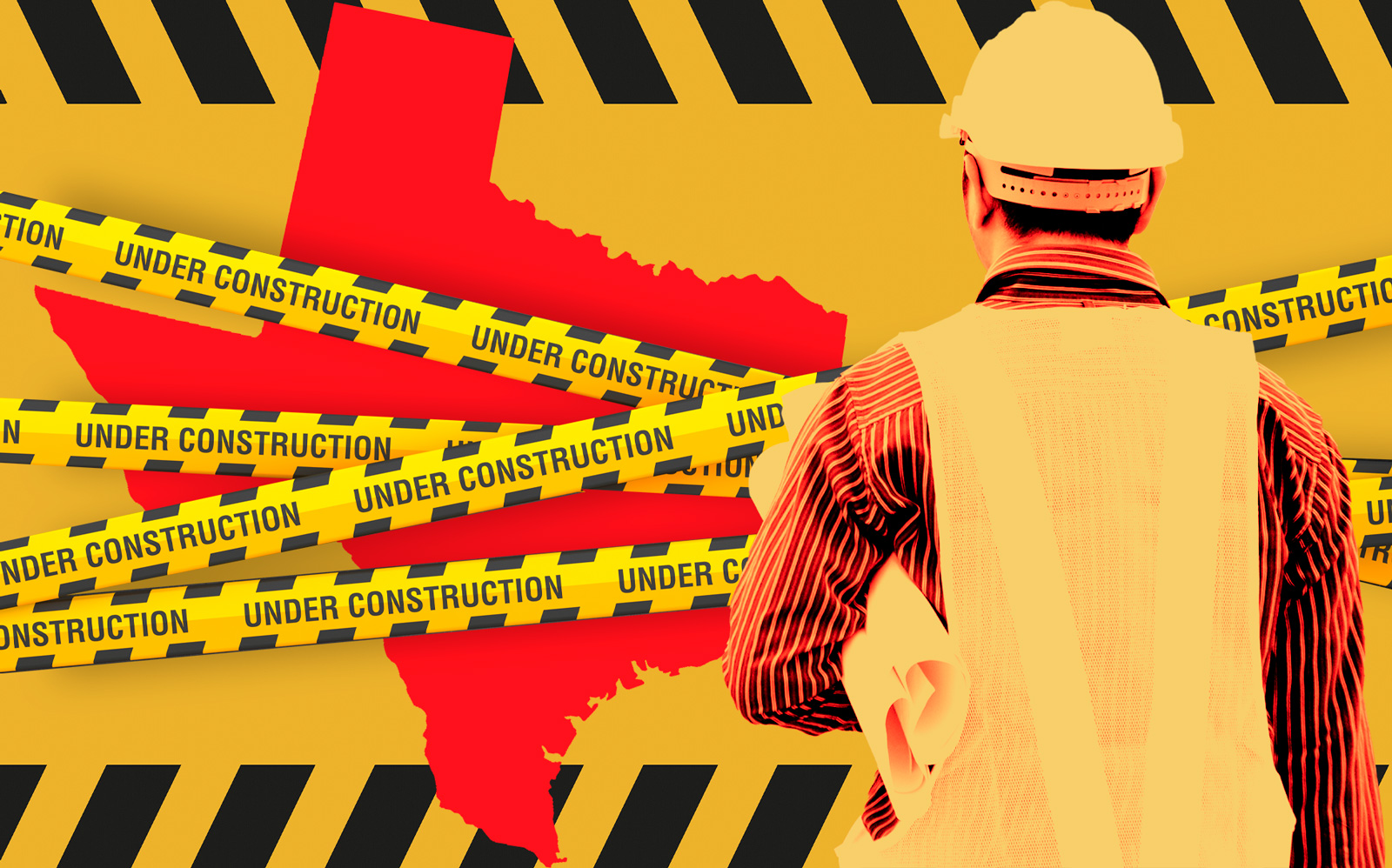Even as the Greater L.A. market suffers from a crisis-level housing shortage, last year the region lagged far behind most of the country’s metro areas in construction permits, according to a new report published by the website Apartment List.
The report measured both multifamily and single-family residential permitting for 2022 in the country’s 50 largest metro areas, using a per capita basis — units permitted per thousand residents — to come up with a comparative analysis.
Greater L.A. ranked 39th, permitting around 21,500 new apartments and 11,000 new single-family homes, or about 2.5 new units per 1,000 residents. Those figures were slightly higher than L.A. had notched for the several preceding years — in 2021 the figure was 2.4, and in 2020 it was just over 2. But it was still well below the region’s recent development high-water marks. In 2004, the figure was 2.8, and in 1990 it was 3.3.
The data comes amid a broiling debate over housing permitting and approvals both in California — where a new fight over the sweeping environmental law CEQA is brewing — and the City of L.A. specifically, where last year’s mayoral race focused on the issue as a solution to housing affordability problems and a seemingly intractable homelessness crisis.
“I talk to developers who tell me that they can go to Downey and get something built in no time,” then-candidate Karen Bass said during one debate. “But when it comes to building in Los Angeles, it’s extremely onerous.”
Overall, Sun Belt metro areas, which have generally been booming throughout the pandemic in part because of their lower living costs, topped the Apartment List ranking. Austin took the top spot, with 18.2 new units permitted per 1,000 residents, followed by Raleigh (14.9), Jacksonville (14.2), Houston (10.5) and Charlotte (10.2).
The top California metro was Sacramento, at the 25th spot, followed by Riverside-San Bernardino (28th), San Jose (30th) and San Diego (37th). San Francisco ranked just behind L.A., at number 40.
Across the country nearly 1 million apartments are under construction, according to the report, which is the most since 1970, although rising interest rates have cooled the demand for new single family homes.
Read more



